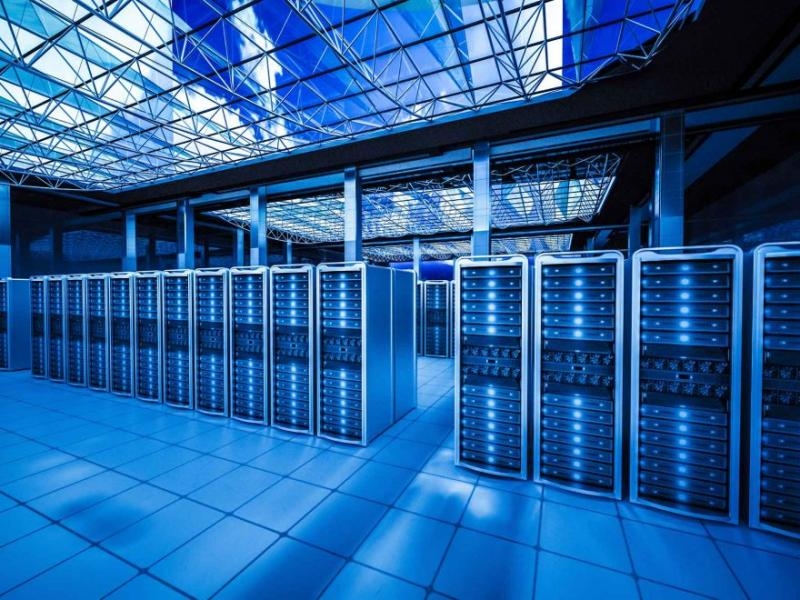The Building Blocks of Digital Infrastructure: The Modern US Modular Data Center

The landscape of digital infrastructure is undergoing a radical transformation, with the agile and scalable US Modular Data Center emerging as a critical component for modern enterprises. Unlike traditional brick-and-mortar facilities that take years to build, a modular data center is a prefabricated, self-contained unit that includes all the necessary components of a data center—such as IT racks, power, and cooling—assembled in a factory and deployed on-site. The demand for this agile infrastructure is soaring, fueling a market projected to skyrocket from $3.2 billion in 2024 to an impressive $20.5 billion by 2035. This explosive growth, advancing at a compound annual growth rate of 18.39%, signals a fundamental shift towards more flexible and efficient data processing solutions.
A modular data center is comprised of distinct, standardized modules, each serving a specific function. The IT module houses servers, storage, and networking equipment in pre-installed racks. The power module contains uninterruptible power supplies (UPS), switchgear, and generators to ensure a consistent and reliable power flow. The cooling module incorporates precision cooling systems, such as in-row cooling or direct liquid cooling, optimized for the specific density of the IT equipment. These modules are designed to be interoperable, allowing them to be combined like building blocks to create a complete, customized data center solution. This factory-built and tested approach ensures a high level of quality control and predictable performance, which can be difficult to achieve in a traditional on-site construction environment.
The primary advantages of this approach are speed, scalability, and predictability. A modular data center can be deployed in a matter of months, a fraction of the time required for a conventional build, allowing businesses to respond rapidly to new capacity demands. Scalability is another key benefit; organizations can start with a small initial deployment and incrementally add new modules as their computing needs grow, adopting a "pay-as-you-grow" model that aligns capital expenditure with actual demand. This eliminates the risk of overprovisioning a massive facility that may sit underutilized for years. Furthermore, the standardized, factory-built nature of these modules leads to predictable costs and performance, removing many of the uncertainties associated with large-scale construction projects.
The use cases for modular data centers are diverse and expanding rapidly. They are a perfect solution for edge computing, where processing power is needed closer to the source of data generation to reduce latency, such as for 5G network nodes or IoT gateways. They are also ideal for disaster recovery and business continuity, providing a quickly deployable, redundant data center in a separate location. Furthermore, industries like mining, oil and gas, and the military use modular data centers to bring robust computing capabilities to remote or harsh environments where building a traditional facility would be impractical or impossible. Their flexibility makes them a versatile tool for a wide range of modern digital infrastructure challenges.
Explore Our Latest Trending Reports:
- News & Current Events
- Arts & Culture
- Causes
- Technology & Gadgets
- DIY & Crafts
- Business & Finance
- Dance
- Travel & Leisure
- Drinks
- Lifestyle
- Film
- Fashion & Beauty
- Home & Gardening
- Fitness
- Education & Learning
- Food & Cooking
- Games
- Science & Environment
- Gardening
- Entertainment
- Health & Wellness
- Personal Development
- Home
- Motivation
- Literature
- Music
- Parenting & Family
- Networking
- History & Philosophy
- Other
- Automotive
- Party
- Opinion & Commentary
- Religion
- Shopping
- Sports
- Theater
- Wellness
- Trends


